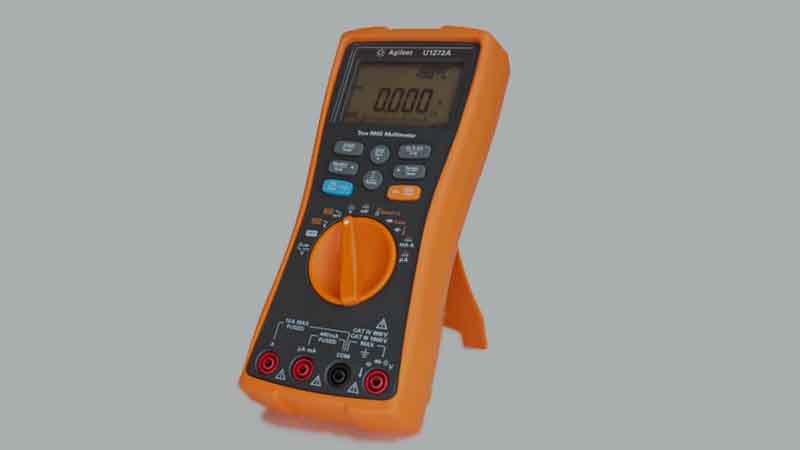Speakers are given several different ratings in order to signal to consumers how powerful they are. You’ve probably heard of ratings like size, power handling and frequency response. But have you ever heard of impedance? That might be a little more difficult to understand.
What is Impedance
Basically, impedance is the amount of current that flows out of your speaker when a particular amount of voltage is present. You can think of impedance like a restriction placed on the electrical current flow that exists within a circuit. There is no constant current flow but rather a fluctuation in the audio frequencies. The impedance of a speaker is determined by averaging several different audible frequencies.
Impedance Types: 4 Ohms VS 8 Ohms
Speakers are available in various impedance ratings. You need to make sure your speakers have an impedance rating which accommodates your amplifier. That is how you’ll know that your sound quality will be smooth and efficient. When you see the “4 ohms” and “8 ohms,” they refer to the impedance rating of their respective speakers.
For example, if a 10-volt signal comes out of an amplifier, then a 2-amp current might come out of the speaker. If you have a 20-volt signal, then a 4-amp current comes out of the speaker. When you multiply the amount of voltage by the amps of the current present, you get the amount of power that is accepted.
If a speaker has low impedance, that means it can tolerate more power (a stronger current). A 4-ohm speaker extracts twice as much power than an 8-ohm speaker from an amplifier. The 4-ohm speaker will produce more power comparing to a 8-ohm speaker. That is the big difference between the two speakers.
Types of Connections: 4 Ohms and 8 Ohms
Be careful if you try to combine a 4-ohm speaker and 8-ohm speaker to the same amplifier because you could blow out your speakers if you do it incorrectly. That is why you should purchase an amplifier which has a high-power rating. When multiple speakers are connected to one amplifier output, the impedance rating changes for the speakers.
Your speakers can be wired with a parallel connection or series connection. To understand these connections, there are two types of speaker wires you need to learn about: hot wires and ground wires. Each speaker has a hot wire and ground wire. If you connect two hot wires together and two ground wires together from different speakers, you have a parallel connection. But if you connect a hot wire and ground wire together between two speakers, you have a series connection.
A series connection is useful if you want to combine the impedance of the speakers. So, if you link dual 4-ohm speakers together with a series connection, then you turn them into 8-ohm speakers because the 4-ohm and 4-ohm get added together. But if you use a parallel connection between the two 4-ohm speakers, then it gets a little more complicated. You must multiply the 4-ohm by the 4-ohm and also add 4-ohm to 4-ohm. The results are 16 and 8; respectively. So now, you divide 16 by 8 to get the total ohm, which in this case would be 2 ohms. But if you used 8 ohm speakers instead, then you’d have 4 ohms from the parallel connection.
Read also:
- Top 5 Best Wearable Bluetooth Neck Speakers
- Top 5 Best Automatic Watches Under 500
- Top 5 Best Wireless Portable Electric Fences for Dog: Friendly and Long Range
Conclusion
The impedance rating applies to amplifiers too. If your amplifier has a 4-ohm output, then you connect a 4-ohm speaker into it. If it has an 8-ohm output, then you connect an 8-ohm speaker into it. This should be simple enough for anyone to understand. Just make sure you don’t plug the speaker into the wrong output or else you’ll have bad sound quality. It could possibly damage the circuits of the amplifier as well.




